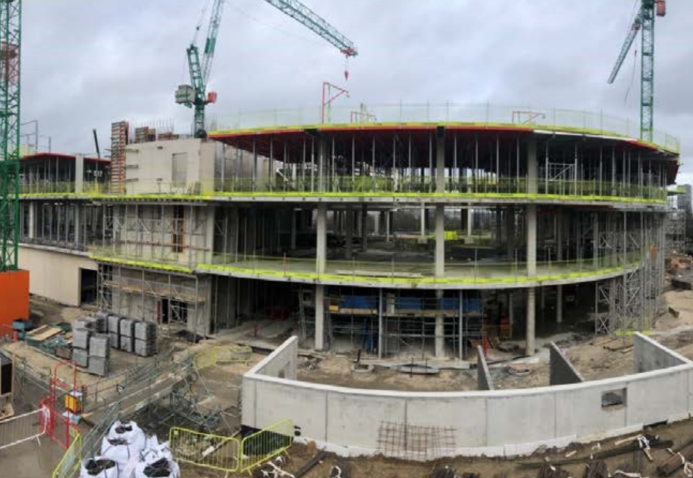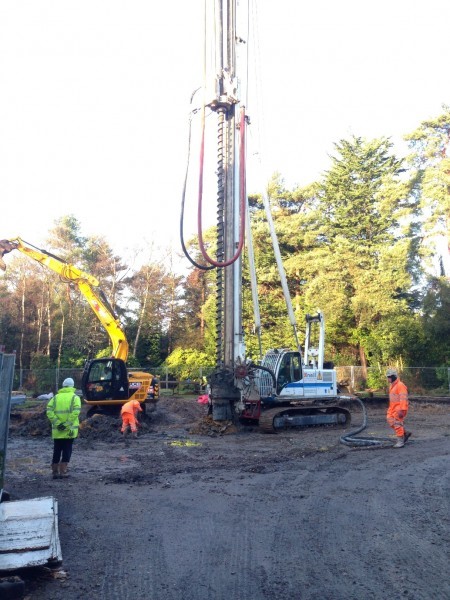I was reading an article on the “Construction Enquirer” website last week, regarding problems being encountered on a large construction project currently underway for the University of Sheffield’s Faculty of Social Sciences site off Northumberland Road.

According to the article, the main contractor BAM is to pull down and rebuild about half of the structural frame of the new building after they identified that there was settlement occurring in excess of that which would normally be expected in a structure of this nature. A statement from BAM confirmed that their detailed investigations into the cause of the settlement had confirmed “…a problem with the piling of the structure, which are unusually complicated…”.
Dealing with these issues will, apparently, delay completion of the project by 10-15 months, and no doubt the financial cost implications arising from this problem will be very painful indeed (for someone) on this £65 million project.
The timing of the article made me smile (no, I’m not a complete sadist – please read on) because only last week we were chatting away at the end of our weekly team meeting and – I forget how – the subject of piling beneath structures came up. I was, in my usual “old fart” style, reminiscing about a story told to me when I was doing the Advanced Structures Course at the Sheffield Polytechnic, now of course known as Hallam University (yes, I am that old).
This particular week were to be lectured on the matter of piling. One of the lecturers – I forget his name – was a Geologist and started his section of the talk with the opening: “Piles are unfortunate things that occupy the undersides of buildings and people”, so we knew it was going to be one of those lectures before we had hardly started.
Let’s get this out in the open right away – I have been banned outright from making any further references in this article to haemorrhoids, ‘Farmer Giles’ or the use of certain proprietary ointments to cure the University’s building problems…
Anyway, back to the plot…
The rest of the lecture that evening was presented by the late Jim Ducker, who always tried to brighten his lectures with the odd anecdote. This particular evening, Jim was telling us the story how – through his “side line” business as J Ducker and Partners Consulting Engineers, he had been instructed to carry out a peer review of another company’s design for a building in the South Yorkshire area. The project was for a building of four or five storeys, on a site where it was known the ground conditions would require some form of piled solution.

I forget all the details of the ground conditions that were gone through in detail for the benefit of a room full of young engineers, but suffice it to say that the original design using twenty concrete piles was deemed unlikely to satisfy the client’s requirement that the building should experience a maximum settlement of no more than 12.5mm in the first three years.
So, the designers set about the problem and came up with a revised design, this time using about forty 600mm diameter reinforced concrete bored piles going down about 20 metres into the ground.
Unfortunately, only six months after work had finished, the building had already settled by 75mm!

Dear old Jim went through all the technical arguments that he presented in his peer review, but the punchline of his lecture was that:
“It was the weight of all those extra piles that had dragged it down!”
Now, I’m not saying that BAM and their consulting engineers should have listened to Jim Ducker… but, well, there is a well known phrase about being doomed to repeat history.